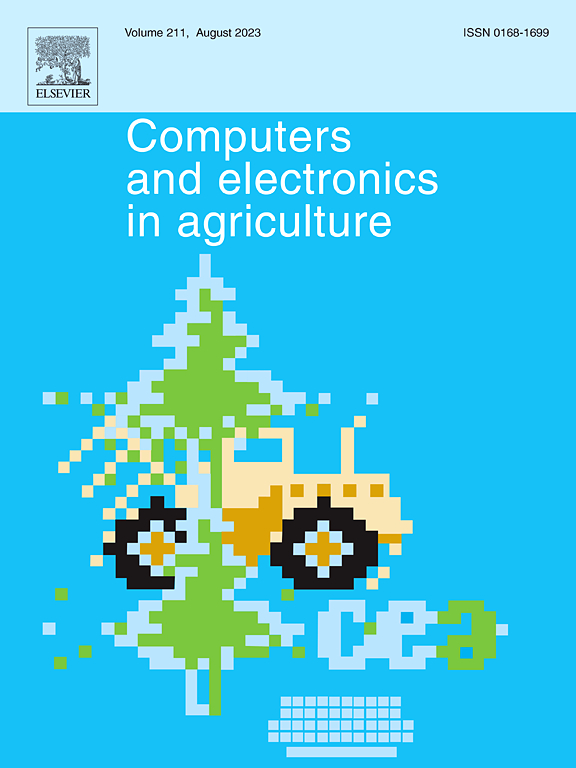Fast prediction of odor concentration along pig manure chain based on machine learning: Monitoring 20 instead of over 100 odorous substances
IF 7.7
1区 农林科学
Q1 AGRICULTURE, MULTIDISCIPLINARY
引用次数: 0
Abstract
Pig production is the main source of odor emissions. Owing to the complex composition of odors and the time-consuming and laborious process of measuring odor concentration (OC), identifying odorous substances, and quantifying odor concentration are technical bottlenecks in odor reduction. This study innovatively constructed a machine learning (ML) model to predict OC based on key odorous components. Over 400 gas samples were collected from the whole pig manure management chain in different regions, and 128 odor components were determined. The prediction results showed that extreme random tree regression ML had superior predictive performance for OC, with a better determination coefficient (R2 > 0.8) and fewer features. 20 key odor substances out of over 100 components were the important features contributing to OC based on the Shapley additive explanation. Dimethyl sulfide, ammonia, hydrogen sulfide, ethyl sulfide, acetylene, and hexaldehyde were found to have the most significant impact on OC. This method can be easily extended to other types of farms, such as cattle and chicken, and provides a scientific basis for the research and development of qualitative and quantitative odorous substances and equipment for the rapid determination of odor concentration.

求助全文
约1分钟内获得全文
求助全文
来源期刊

Computers and Electronics in Agriculture
工程技术-计算机:跨学科应用
CiteScore
15.30
自引率
14.50%
发文量
800
审稿时长
62 days
期刊介绍:
Computers and Electronics in Agriculture provides international coverage of advancements in computer hardware, software, electronic instrumentation, and control systems applied to agricultural challenges. Encompassing agronomy, horticulture, forestry, aquaculture, and animal farming, the journal publishes original papers, reviews, and applications notes. It explores the use of computers and electronics in plant or animal agricultural production, covering topics like agricultural soils, water, pests, controlled environments, and waste. The scope extends to on-farm post-harvest operations and relevant technologies, including artificial intelligence, sensors, machine vision, robotics, networking, and simulation modeling. Its companion journal, Smart Agricultural Technology, continues the focus on smart applications in production agriculture.
 求助内容:
求助内容: 应助结果提醒方式:
应助结果提醒方式:


